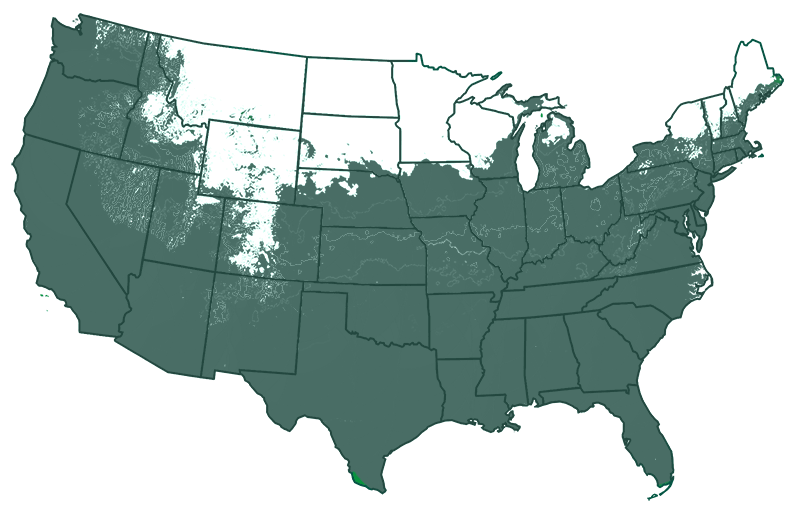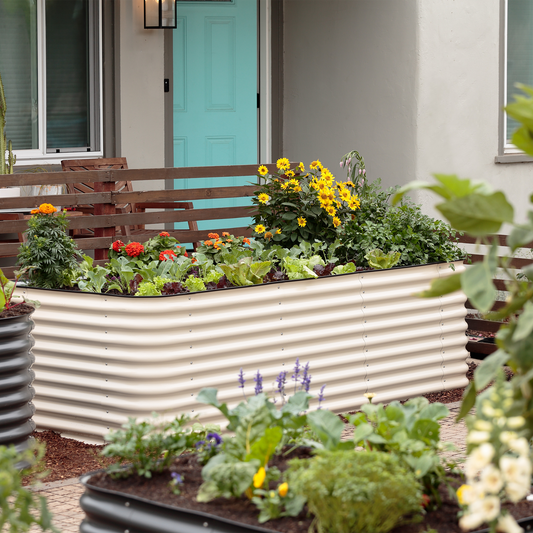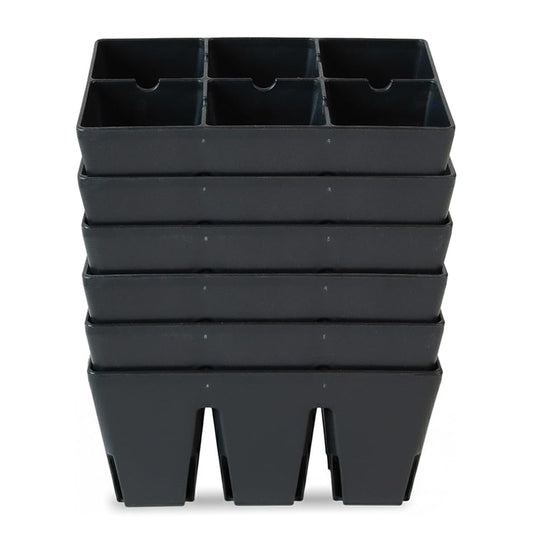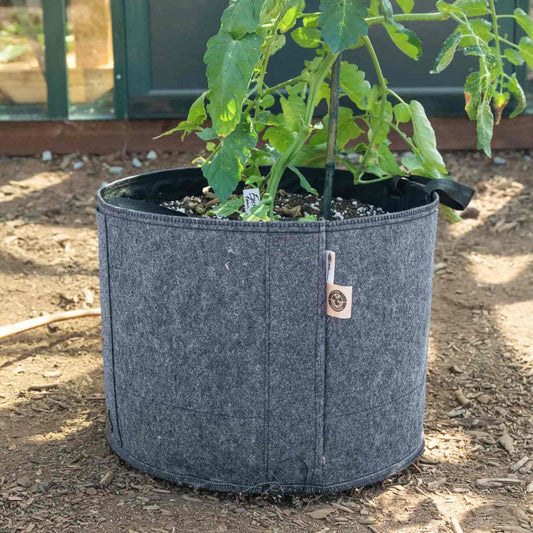

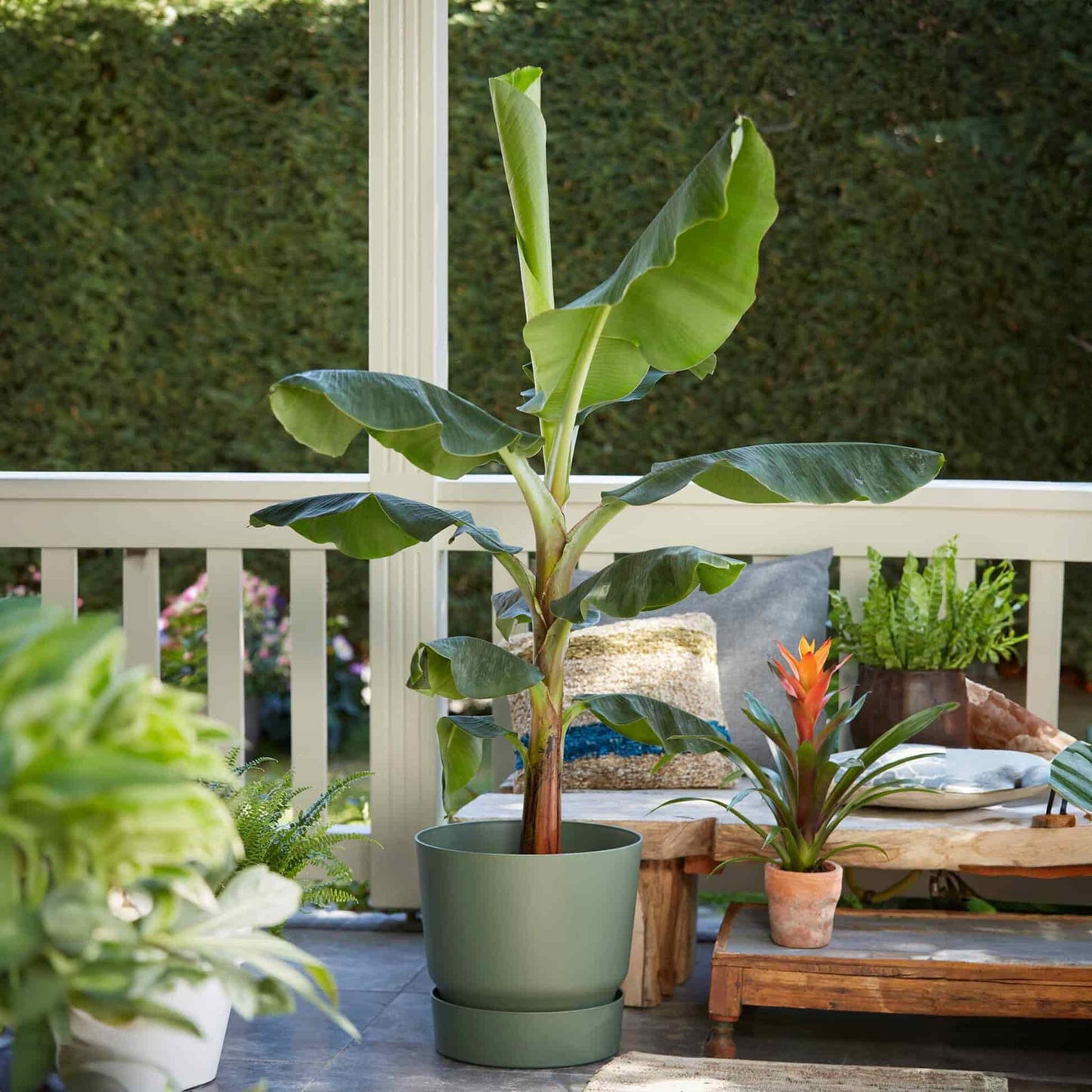
Cold Hardy Banana Tree
View More Planting Info
Plant your Cold Hardy Banana Tree in a location with full sun and well-draining soil. They require a minimum of 6 hours of sunlight to thrive, but aim for closer to 8 hours in cooler regions. When planting in containers, choose a large pot and ensure it has drainage holes to prevent waterlogging. Amend your soil with compost before planting to enrich the soil, or choose a high-quality potting mix with added compost when planting in containers. The hole should be twice as wide and just as deep as the root ball of your sapling. Remove the tree from its container, gently tease the roots, and place it in the hole. Fill the hole with soil, and tamp down gently to remove air pockets. After planting, water the tree deeply to help establish its roots. Maintain consistent moisture, especially during the first growing season. Apply a layer of mulch around the base of the plant and top up in winter to regulate soil temperature and protect the roots.
Harvesting:
Harvest when flowers crisp and fruits become yellow. Remove in bunches, as unripe fruits will continue ripening off the tree.
Pruning:
Cut down the main stalk after fruiting. Remove any weak suckers that appear at the base, leaving stronger ones.
Growth:
Hardy Banana trees grow 15 feet tall or slightly shorter when confined to containers. Space 15 feet from other plants.
- Product Info
- Care and Maintenance
- Planting Care
- Growing Zone
Product Info
Mature Height: 10-15 ft.
Mature Width: 10-15 ft.
Sunlight: Full Sun
Growth Rate: Fast
Does Not Ship To: AZ, OR
Care and Maintenance
Watering: Bananas are considered thirsty plants but don’t appreciate soggy soil. Water around once a week (and more often in high temperatures), keeping the soil lightly moist but not waterlogged. Water young plants and potted plants 2-3 times per week to establish a strong root system.
Fertilizing: For the strongest possible growth, follow a consistent feeding schedule to replenish nutrients in the soil. Young plants require feeding every 6-8 weeks with a lower-strength fertilizer. Choose a product with a balanced NPK or one slightly higher in phosphorus. After a few seasons, switch to a fertilizer higher in potassium. Don’t feed in winter.
Pruning: Bananas will not produce fruit on the same stalks twice. After fruiting, cut the main stalk down to the ground to leave space for one of the suckers to grow. Remove any weak suckers and browning or diseased leaves to direct all the energy into new growth.
Pests and Diseases: Aphids, spider mites, mealybugs, and thrips are common pests that feed on leaves and fruits of banana trees. Diseases are less common, but the plants are susceptible to banana wilt, leaf spot, and banana bunchy top virus.
Pollination: Cold Hardy Banana Trees are self-fertile. While you can hand-pollinate, it’s easier to make your garden inviting to pollinators by planting plenty of flowers and providing water sources nearby.
Harvesting: Cold-hardy bananas have many seeds which can make them difficult to eat. However, they are still edible. Harvest bunches all at once when the flowers at the ends have dried up and the top fruits change color from green to yellow. Don’t worry if other bananas in the bunch are still green, as they will continue to ripen once picked. Use a sharp knife or pruning shears to cut the stalk of the bunch, supporting the weight of the bananas as you cut to prevent damage. Keep the unripe fruits in a cool, shaded area to allow the bananas to ripen evenly.
Recovery Time: Transitioning from our nursery to your home can be a bit of a shock to your plant. A short acclimation period helps it recover and reduces stress.
Climate Adjustment: Every environment is unique. Giving your plant time to adjust to the local climate, humidity, and light conditions in a shady spot will set it up for better growth and health.
How to Acclimate Your Plant: Keep the plant in its container and place it in a shady, sheltered area away from high winds. Ensure it's watered adequately – the soil should be moist but not waterlogged. Monitor the plant for any signs of distress and allow it to adjust for a few days before planting. After a few days of acclimation, your plant will be better prepared to thrive in its new home for years to come.
Planting Care
Sunlight: Cold Hardy Banana Trees require full sun (6-8 hours per day) to thrive. When growing indoors, keep them in front of a south-facing window or supplement with grow lights.
Soil: Plant in rich, well-draining soil amended with plenty of compost. Continue to mulch with compost throughout the seasons to improve soil structure.
Mature size: These trees grow to around a maximum of 15 feet or slightly shorter when confined to containers.
Climate: Cold Hardy Bananas grow well in most climates, suitable for planting in USDA Zones 5-11.
Thinning: Remove damaged or diseased foliage to improve growth and any weak or small suckers.
Location: Plant in a full sun position in well-draining soil amended with compost. Avoid areas where water collects after rain to prevent rot.
Watering: After planting, water deeply 2-3 times per week. Once established, water once per week and slightly more in higher temperatures.
Pruning: Since bananas won’t form on old stalks, cut the main stalk down after fruiting. Remove any weak suckers that appear at the base, leaving the stronger suckers to continue growing.
Spacing: Plant at least 15 feet away from any other trees or nearby structures in your garden when in the ground.
Harvesting: Cold-hardy bananas have many seeds that make them difficult to eat, but they are still edible. Harvest when the flowers become crisp and the fruits change from green to yellow. Trim the entire bunch off at once, leaving the fruits that are unripe to ripen off the tree.
Pollination: Banana trees are self-fertile. Boost pollination by encouraging pollinators or hand-pollinating trees.
Hardiness Zone: Cold Hardy Banana Trees are suitable for planting in USDA Zones 5-11.
Fertilizer: Feed your banana tree every 6-8 weeks from spring to fall, stopping feeding in winter. Choose a balanced fertilizer for young plants and one higher in potassium for mature plants.
Growing Zone
Grows Well In Zones: 5-11 outdoors
